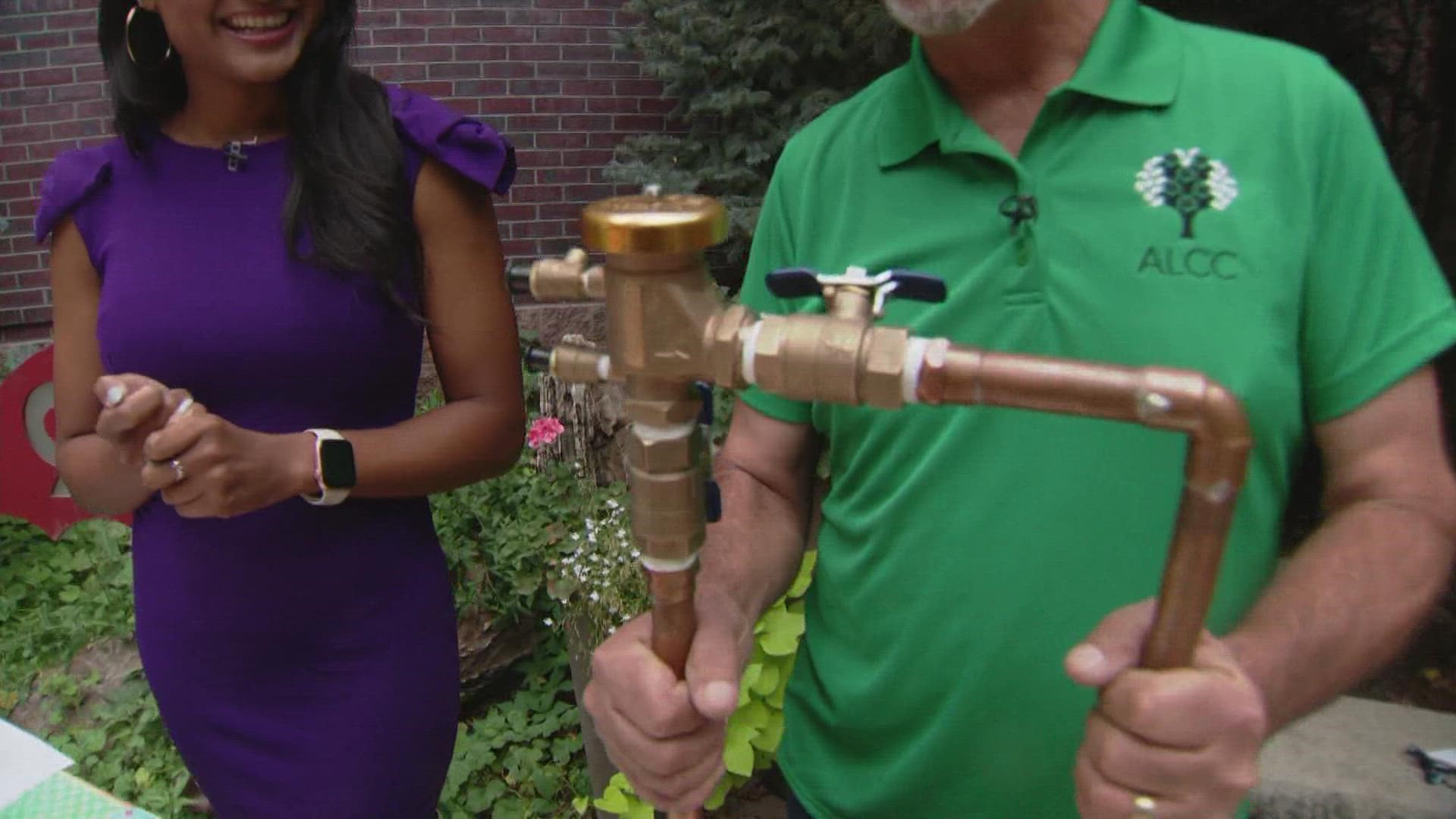DENVER — A cold air mass is set to bring frigid temperatures to Colorado this weekend.
The National Weather Service is forecasting overnight temperatures in Denver to be below freezing for several days and Denver could also get its first snow of the season.
The cold temperatures coming to Colorado this weekend and next week will be enough to damage sprinkler systems.
So, after the dry and mild fall, now is the time to winterize your sprinkler lines. Here's how to do that.
What's a backflow preventer?
A backflow preventer is a device that’s installed on your home’s water pipes that allows water to flow in one direction, but never in the opposite direction.
The purpose of a backflow preventer is to prevent drinking water from being contaminated due to backflow from your irrigation system.
The backflow preventer is usually a set of brass pipes located around your house that stick up out of the ground.

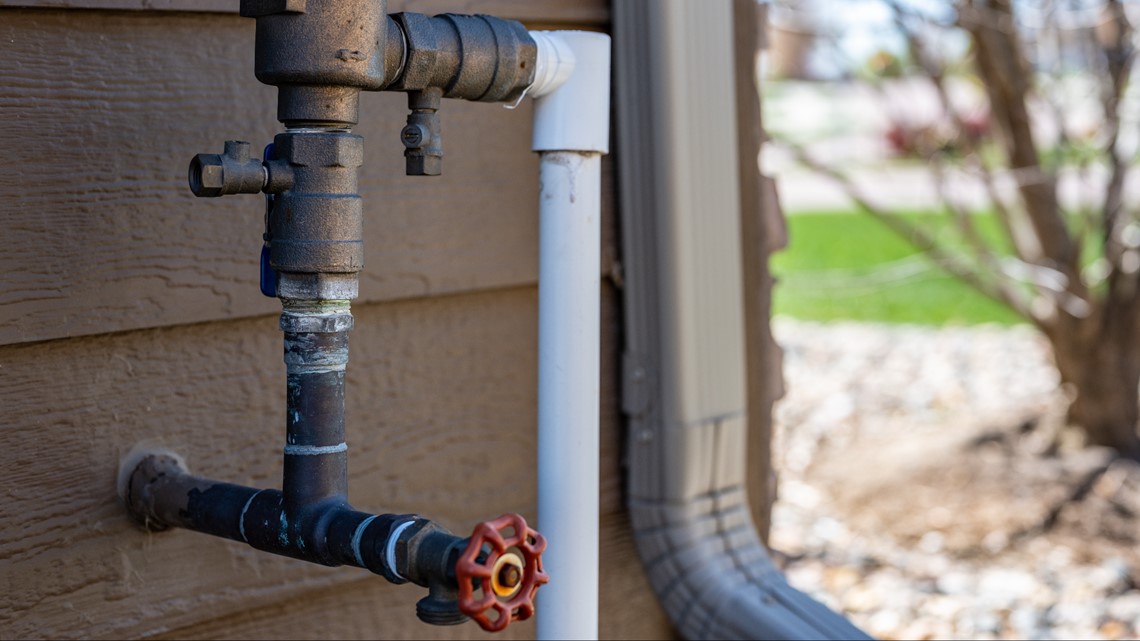
How do I winterize my sprinkler system?
STEP 1
Locate the valve that shuts of the water to your irrigation system and turn it to the off position. (Not the whole house, just the irrigation.)
This irrigation valve can be located in the home, basement or crawl space. In some cases, if irrigation water is separate, the valve can be in an underground box out near the curb.

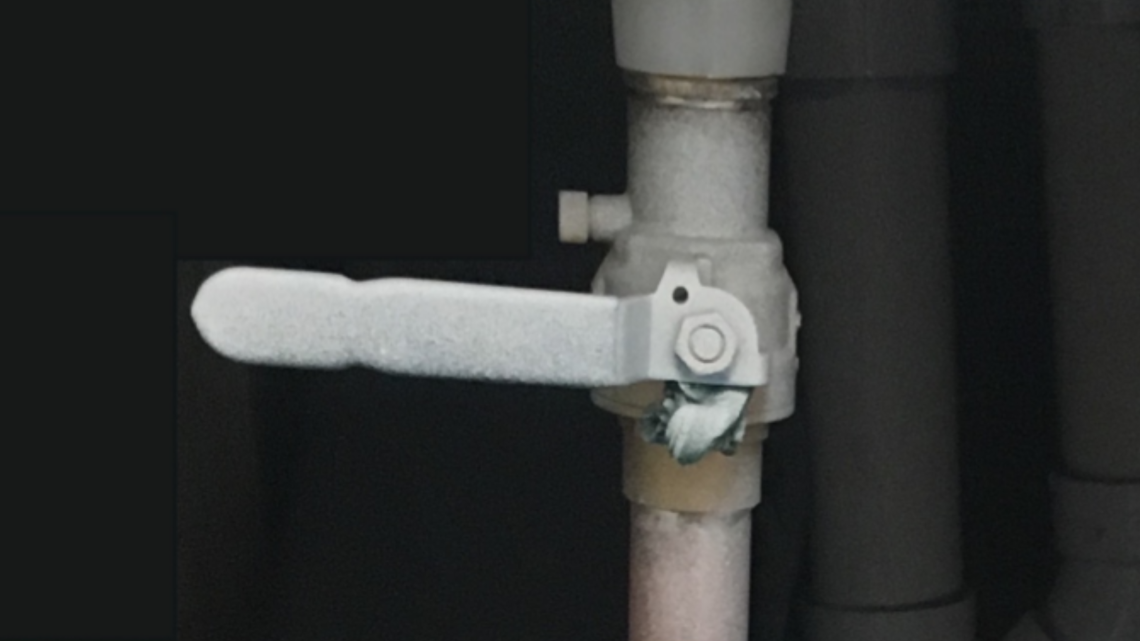
STEP 2
Once the water is shut off, drain the water out of your backflow preventer. This process is different with different systems.
If there are valves on the backflow preventer itself, turn the two blue levers a quarter turn and the two screws a quarter turn. You don't want them to be all the way shut or open.
Then, turn the water release valve at the end of the irrigation manifold to release the water.

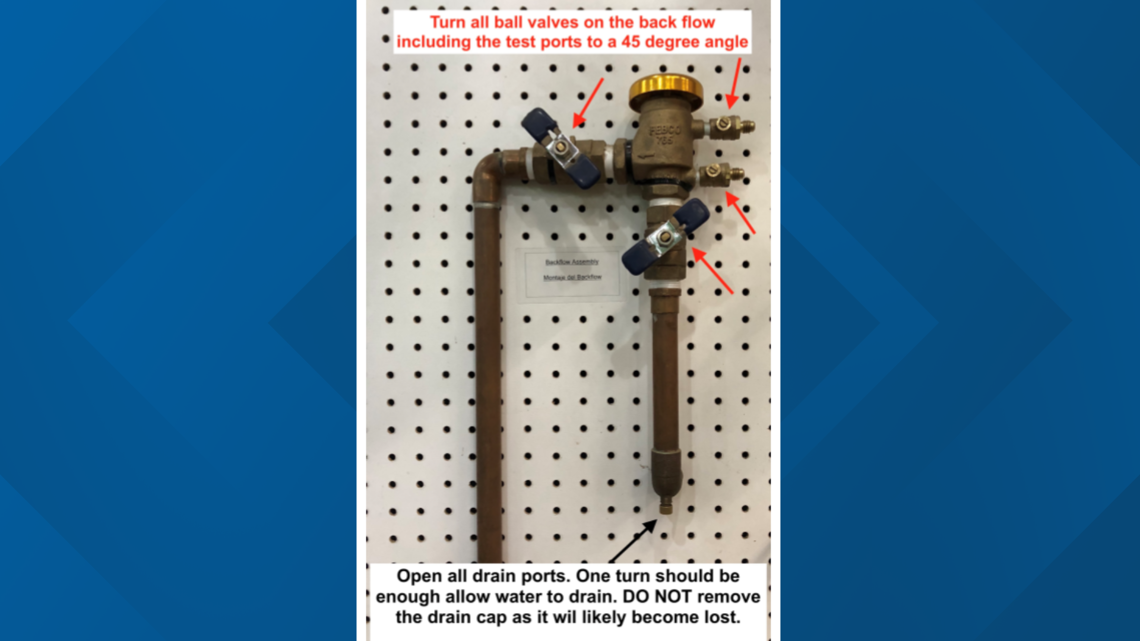


If there are no valves on the backflow preventer, there is likely a release valve at the bottom of a large capped PVC pipe. This requires a special tool to reach down and turn the knob that releases the water.

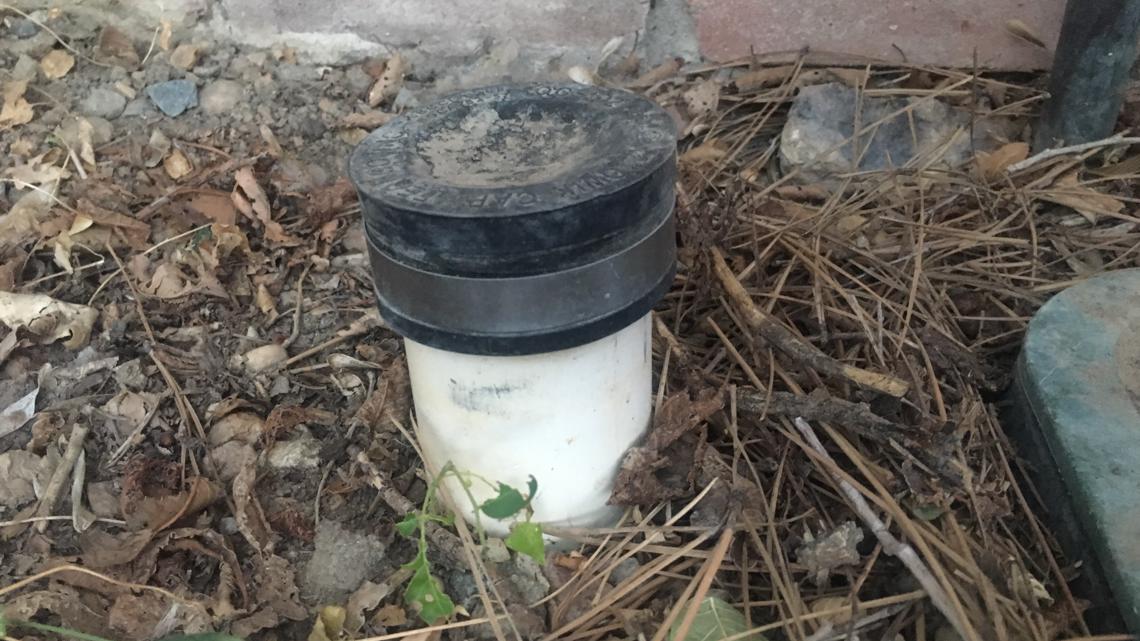

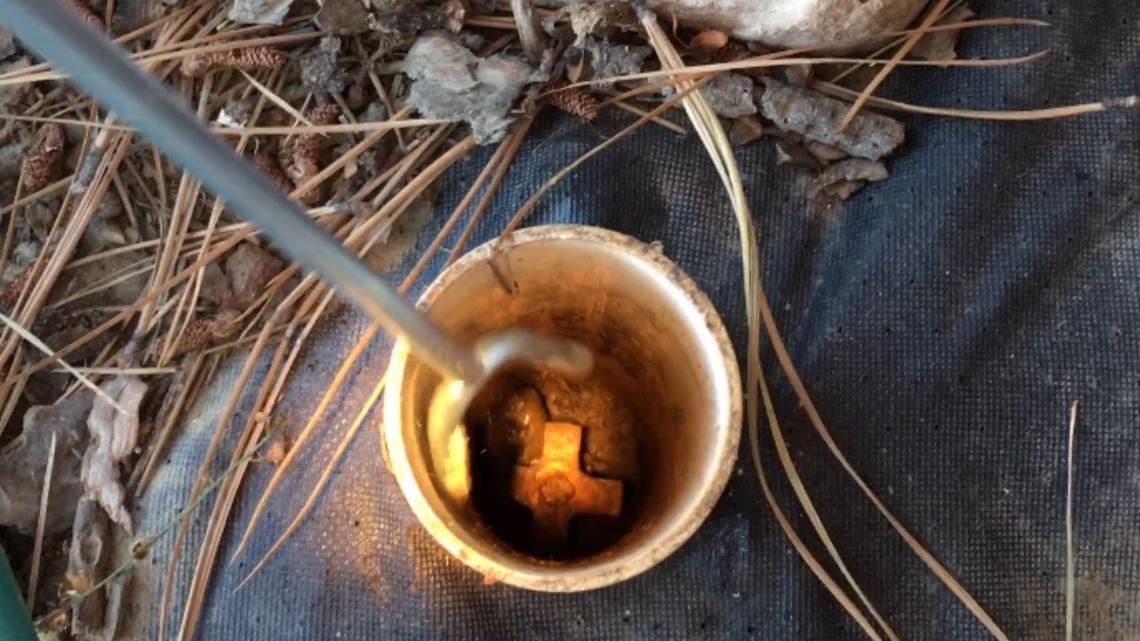
STEP 3
Once the water is off and the backflow preventer is drained, the next step is to cover it by wrapping it with towels and duct tape, and then drape a blanket over it.
What about manually watering?
Now that your sprinkler system is ready for winter, you may need to periodically water your lawn manually because of Colorado's dry climate.
The climate on the Front Range is dry, only averaging between 14 inches and 15 inches of precipitation in a whole year. An area that gets 10 inches or less would be classified as a desert.
Colorado's lawns don’t enter into winter mode until November and sometimes it's late November or even December. Until that happens, they need regular water, which doesn't normally come from Mother Nature on the Front Range.
If your turf is too dry in the fall and winter, you could pay the price with bald patches in the spring. You can water your grass, trees and shrubs by hand periodically throughout winter so they don't dry out too much during stretches of warm weather.
SUGGESTED VIDEOS: Colorado Weather
9NEWS+
9NEWS+ has multiple live daily shows including 9NEWS Mornings, Next with Kyle Clark and 9NEWS+ Daily, an original streaming program. 9NEWS+ is where you can watch live breaking news, weather updates, and press conferences. You can also replay recent newscasts and find videos on demand of our top stories, local politics, investigations and Colorado specific features.
To download 9NEWS+ on Roku search for KUSA.
To download 9NEWS+ on Fire TV search for 9NEWS.

